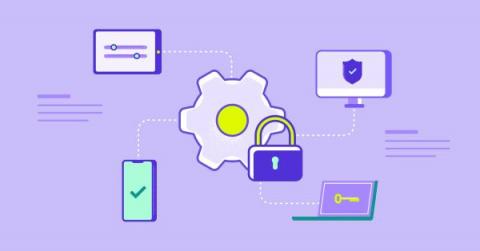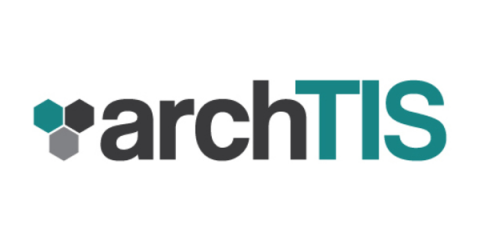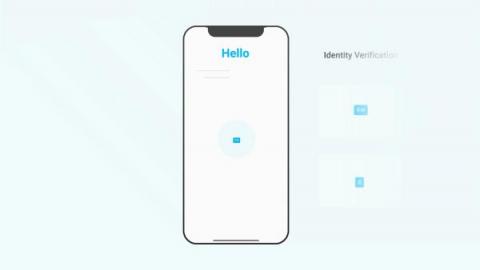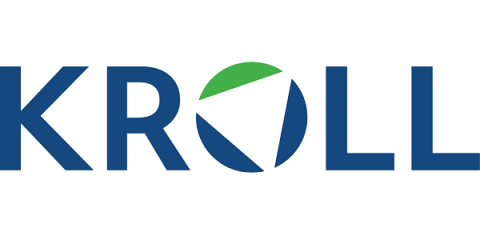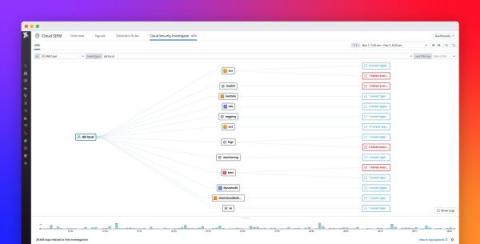Mobile device management 101: Why it matters and how to deploy
To build a strong security and compliance foundation, organizations need to be able to view, manage, and secure devices, such as laptops and desktops. If you’re new to security and compliance, you may be wondering how to tackle this problem—especially at scale. With effective mobile device management (MDM) software, your company can manage and secure employee devices used to access company systems and applications.


